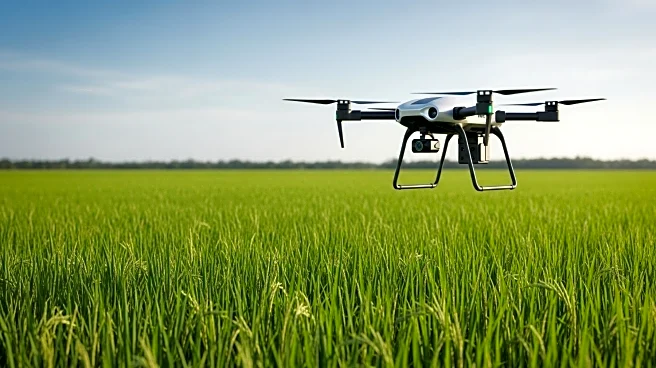What is the story about?
What's Happening?
Researchers from Israeli institutions, including Tel Aviv University and Bar-Ilan University, have developed a new AI-based method to improve wildfire forecasting. The study, published in npj Natural Hazards, demonstrates that adapting fire risk indices to local conditions significantly enhances prediction accuracy. The team used a genetic algorithm to recalibrate existing indices, achieving an 80% accuracy rate, and further developed country-specific AI models that reached 86% accuracy. This approach addresses the limitations of global models, which often fail to account for regional variations in climate and vegetation.
Why It's Important?
This breakthrough in wildfire forecasting is crucial as wildfires become more frequent and severe due to climate change. Improved forecasting can help emergency services and policymakers allocate resources more effectively, potentially saving lives and reducing damage to infrastructure and ecosystems. The ability to tailor models to specific regions enhances the reliability of predictions, providing a powerful tool for disaster preparedness and mitigation efforts worldwide.
What's Next?
The implementation of these AI models could lead to more accurate and timely wildfire warnings, allowing for better-prepared communities and more efficient emergency responses. As the models are adopted, there may be increased collaboration between scientists, government agencies, and emergency services to refine and expand the use of these tools. Additionally, the success of this approach could inspire further research into AI applications for other natural disaster predictions.
Beyond the Headlines
The development of region-specific AI models for wildfire forecasting highlights the importance of integrating local knowledge and conditions into global scientific efforts. It also underscores the potential of AI to transform traditional forecasting methods, offering more precise and actionable insights. This advancement may pave the way for similar innovations in other areas of environmental science and disaster management.
AI Generated Content
Do you find this article useful?











